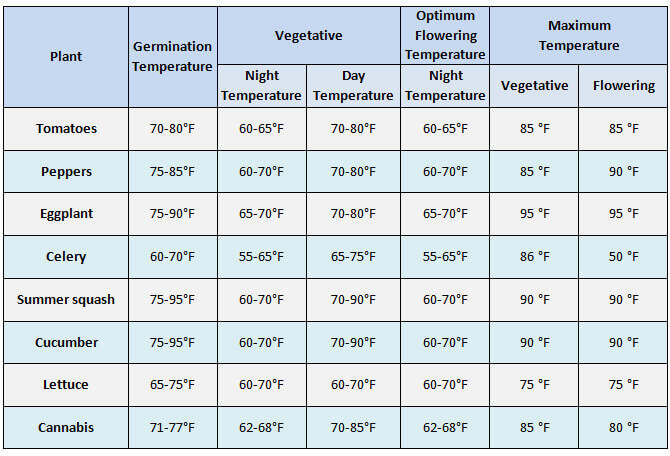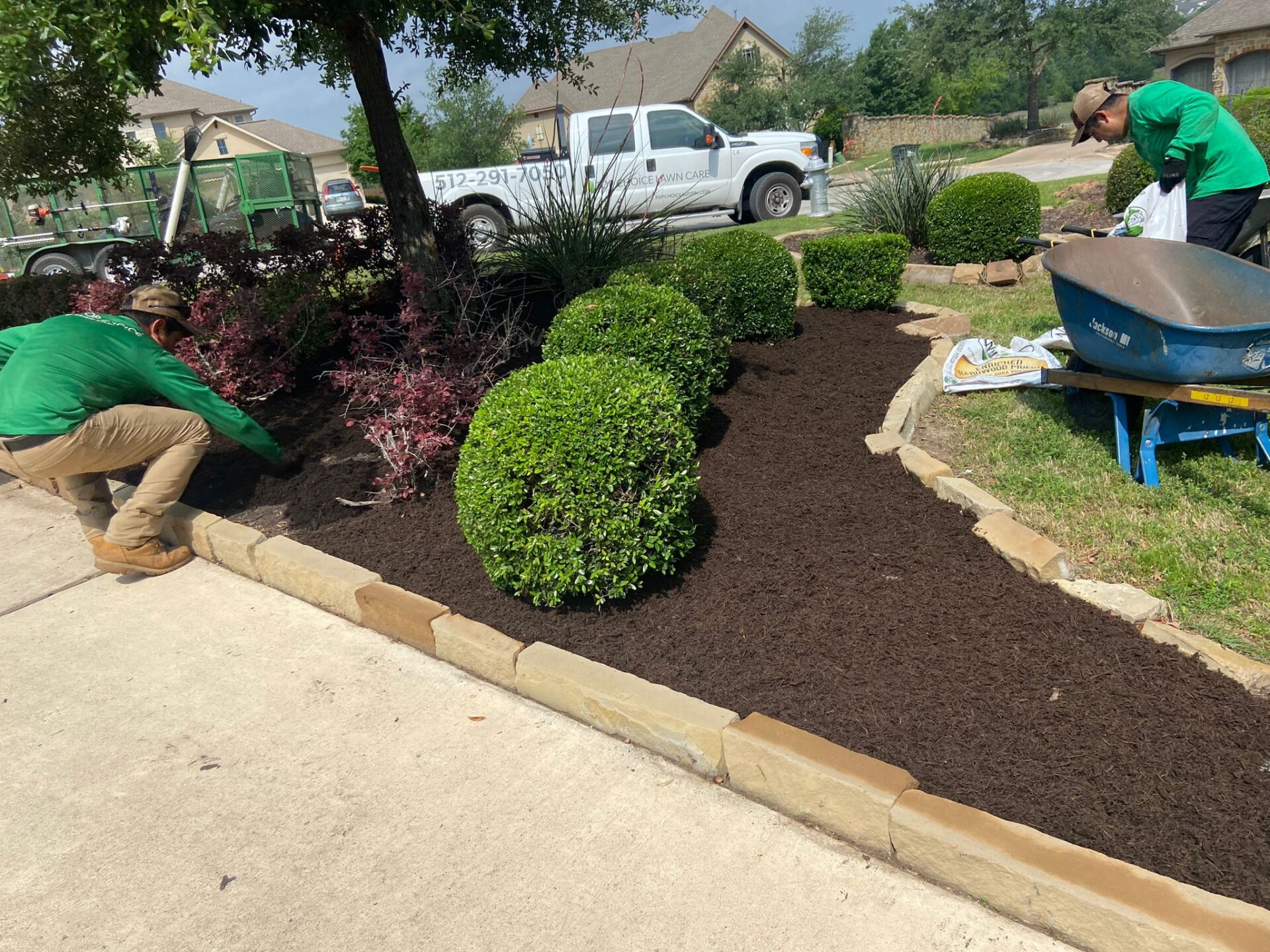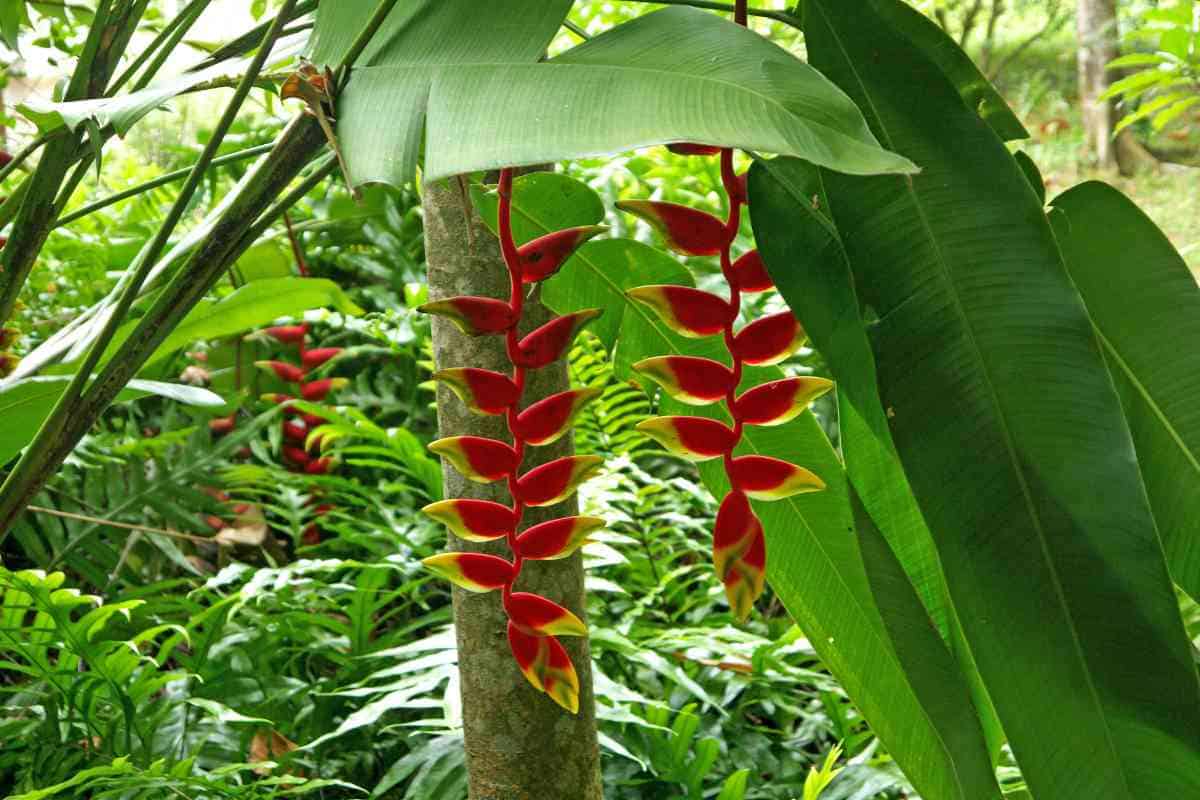
Mastering Greenhouse Planting: A Comprehensive Guide to Temperature Control for Thriving Gardens
Greenhouse gardening offers an incredible opportunity to extend your growing season, cultivate exotic plants, and generally have more control over your crops. But, the secret to success within a greenhouse isn’t just about having a structure; it’s about mastering the environment within, and the most crucial element of that environment? Temperature. Temperature control in a greenhouse is the linchpin that determines whether your plants thrive or simply survive. This guide will delve deep into the intricacies of greenhouse planting temperature control, providing you with the knowledge and tools to create a perfect microclimate for your plants.
Why Temperature Control Matters So Much
Think of your greenhouse as a protective bubble for your plants. Inside this bubble, you have the power to manipulate conditions that would otherwise be at the mercy of the elements. Temperature, in particular, is a critical factor because it directly affects plant growth and development. Let’s break down why it’s so important:
- Photosynthesis: This is the process where plants convert sunlight into energy. The rate of photosynthesis is heavily influenced by temperature. Too cold, and the process slows down drastically. Too hot, and the enzymes involved can denature, effectively shutting down the process.
- Respiration: Plants, like us, respire. They use energy to fuel their life processes. Respiration is also temperature-dependent. A balance is crucial; you don’t want your plants using up all their energy reserves faster than they can produce them.
- Germination: Getting seeds to sprout is often the first hurdle. Many seeds have specific temperature requirements for germination. Getting this right is vital for a successful start.
- Flowering and Fruiting: The timing of these crucial stages is often triggered by temperature fluctuations. Manipulating temperature can help you control when your plants flower and produce fruit.
- Disease and Pest Resistance: Extreme temperatures can weaken plants, making them more susceptible to diseases and pests. Maintaining optimal temperatures helps bolster their natural defenses.
Understanding the Basics of Greenhouse Temperature
Before you can control the temperature, you need to understand how it works within your greenhouse. Several factors influence the temperature, and they interact in complex ways:
- Solar Radiation: This is the primary source of heat. The sun’s rays pass through the glazing of your greenhouse (glass, polycarbonate, or plastic) and are absorbed by the plants, soil, and other materials inside. These materials then radiate heat, warming the air.
- Heat Loss: Heat can escape your greenhouse through several pathways: conduction (through the walls and roof), convection (through ventilation), and radiation (back out into the atmosphere).
- Thermal Mass: The materials within your greenhouse (soil, water containers, concrete benches) absorb heat during the day and release it slowly at night. This thermal mass helps to moderate temperature fluctuations.
- Outside Temperature: Obviously, the outside temperature has a significant impact. Colder temperatures outside mean more heat loss inside, and vice versa.
- Ventilation: Proper ventilation is essential for temperature control. It allows you to release excess heat and humidity, preventing overheating.
Methods for Controlling Greenhouse Temperature
Now, let’s get into the practical strategies you can use to manage the temperature in your greenhouse. These methods range from simple, low-tech solutions to more sophisticated, automated systems.
1. Passive Ventilation: Harnessing Natural Airflow
Passive ventilation relies on natural forces to regulate temperature. It’s often the first line of defense and can be surprisingly effective:
- Vents: The most basic form of passive ventilation. Roof vents and side vents allow hot air to escape and cooler air to enter. Proper placement is key; vents should be positioned to promote good airflow.
- Natural Convection: Hot air rises, and cool air sinks. By strategically placing vents, you can create a natural convection current that pulls hot air out and draws in cooler air.
- Open Doors and Windows: On milder days, opening doors and windows can provide ample ventilation.
- Considerations: Passive ventilation is dependent on the weather. It’s less effective on calm days or when the outside temperature is close to the desired inside temperature.
2. Active Ventilation: Using Fans for Forced Airflow
Active ventilation uses fans to actively circulate air. This provides more precise control and is essential in many climates:
- Exhaust Fans: These fans pull hot air out of the greenhouse. They are often controlled by a thermostat, turning on when the temperature exceeds a set point.
- Intake Fans: These fans draw in fresh air from outside.
- Circulation Fans: These fans move air within the greenhouse, preventing stagnant air pockets and ensuring even temperature distribution.
- Considerations: Fans require electricity, but they offer much greater control than passive ventilation. Choose fans with appropriate CFM (cubic feet per minute) ratings for the size of your greenhouse.
3. Shading: Blocking Excess Sunlight
Excess sunlight can quickly overheat a greenhouse, especially during the summer months. Shading is a simple but effective way to reduce the amount of solar radiation entering the greenhouse:
- Shade Cloth: This is the most common method. Shade cloth comes in various densities, allowing you to control the amount of light reduction. It’s typically draped over the roof and sides of the greenhouse.
- Whitewash/Shade Paint: This can be applied to the glazing of the greenhouse. It’s a cost-effective option but can be messy to apply and remove.
- Overhead Structures: Planting trees or using structures to shade the greenhouse can also be beneficial, but be mindful of potential light reduction during other times of the year.
- Considerations: Choose shade cloth with the appropriate density for your plants and climate. Consider the angle of the sun throughout the year.
4. Heating: Adding Warmth When Needed
Extending the growing season often means providing supplemental heat, especially during the colder months. There are several heating options available:
- Electric Heaters: These are a popular choice for smaller greenhouses. They are relatively inexpensive to purchase and easy to install. However, electricity costs can add up.
- Propane/Natural Gas Heaters: These heaters are more powerful and can heat larger greenhouses more efficiently. They require proper ventilation and safety precautions.
- Wood Stoves: A traditional option that can be cost-effective if you have access to firewood. Requires careful management and ventilation.
- Geothermal Heating: This is a more advanced and sustainable option that uses the earth’s natural heat to warm the greenhouse.
- Considerations: Choose a heater with the appropriate BTU (British thermal unit) rating for the size of your greenhouse. Ensure proper ventilation to prevent a buildup of harmful gases.
5. Cooling: Bringing Down the Heat
During the hottest months, cooling is just as important as heating. Several methods can help:
- Evaporative Coolers (Swamp Coolers): These coolers use the evaporation of water to cool the air. They are most effective in dry climates.
- Misting Systems: These systems release a fine mist of water, which evaporates and cools the air. They are effective in humid climates.
- Ventilation (as mentioned above): Proper ventilation is crucial for removing excess heat.
- Considerations: Evaporative coolers require a water source and can increase humidity. Misting systems can lead to fungal diseases if not managed properly.
6. Thermal Mass: Storing and Releasing Heat
As mentioned earlier, thermal mass helps to moderate temperature fluctuations. You can incorporate thermal mass into your greenhouse in several ways:
- Water Barrels/Containers: Water absorbs and releases heat slowly. Placing water-filled containers inside your greenhouse can help to moderate temperature swings.
- Concrete or Brick Floors/Benches: These materials also have a high thermal mass.
- Soil: The soil itself acts as a thermal mass.
- Considerations: The more thermal mass you have, the more stable the temperature will be. However, too much thermal mass can also slow down warming during the day.
Choosing the Right Temperature for Your Plants
The ideal temperature for your greenhouse depends on the plants you are growing. Different plants have different temperature requirements. Here’s a general guide:
- Cool-Season Crops: These plants, such as lettuce, spinach, and kale, prefer cooler temperatures, generally between 50-70°F (10-21°C).
- Warm-Season Crops: Tomatoes, peppers, and cucumbers thrive in warmer temperatures, typically between 70-85°F (21-29°C) during the day and slightly cooler at night.
- Tropical Plants: These plants require consistently warm temperatures, often above 70°F (21°C).
- Seed Germination: Many seeds require specific temperatures for germination. Consult seed packets for recommended temperatures.
- Nighttime Temperatures: Most plants benefit from a slight temperature drop at night. This allows them to “rest” and conserve energy.
Monitoring and Adjusting: The Key to Success
Simply setting up a temperature control system isn’t enough. You need to constantly monitor the temperature and make adjustments as needed. Here’s how:
- Thermometers: Place thermometers in various locations throughout your greenhouse to get an accurate reading of the temperature. Use both maximum/minimum thermometers and digital thermometers.
- Hygrometers: These devices measure humidity, which is also an important factor in plant health.
- Data Loggers: These devices automatically record temperature and humidity over time, allowing you to track trends and identify potential problems.
- Weather Monitoring: Pay attention to the weather forecast. Anticipate changes in temperature and adjust your temperature control systems accordingly.
- Observation: Observe your plants. Are they showing signs of stress, such as wilting, yellowing leaves, or stunted growth? These can be indicators of temperature problems.
- Regular Adjustments: Don’t be afraid to adjust your ventilation, heating, or cooling systems as needed. Greenhouse gardening is an ongoing process of learning and adapting.
Advanced Temperature Control Techniques
For those who want even greater control, several advanced techniques can be employed:
- Automated Systems: These systems use sensors to monitor temperature and humidity and automatically control ventilation, heating, and cooling.
- Computerized Greenhouse Control: These systems offer sophisticated control over multiple environmental factors, including temperature, humidity, lighting, and irrigation.
- Zone Heating/Cooling: Dividing your greenhouse into different zones allows you to create different microclimates for different plants.
- Smart Home Integration: Integrate your greenhouse control system with your smart home system for remote monitoring and control.
Troubleshooting Common Temperature Problems
Even with the best temperature control systems, problems can arise. Here are some common issues and how to address them:
- Overheating: This is a common problem, especially during the summer. Increase ventilation, use shade cloth, and consider misting or evaporative cooling.
- Underheating: During the winter, the greenhouse can get too cold. Increase heating, add insulation, and consider using thermal mass.
- Wide Temperature Swings: This can stress plants. Add more thermal mass, improve ventilation, and consider using automated temperature control.
- Uneven Temperature Distribution: This can occur if you don’t have good air circulation. Use circulation fans to move air around the greenhouse.
- High Humidity: High humidity can lead to fungal diseases. Increase ventilation, use a dehumidifier, and avoid overwatering.
Tips for Success: Putting it all Together
Here are some final tips to help you master greenhouse temperature control:
- Start Small: If you’re new to greenhouse gardening, start with a small greenhouse and gradually expand as you gain experience.
- Research Your Plants: Learn about the specific temperature requirements of the plants you want to grow.
- Monitor Regularly: Check the temperature and humidity in your greenhouse daily.
- Be Patient: It takes time to master greenhouse temperature control. Don’t get discouraged if you don’t get it right away.
- Experiment: Try different techniques and see what works best for your plants and your climate.
- Keep Records: Track the temperature, humidity, and plant growth to help you learn and improve over time.
- Maintenance: Regularly inspect and maintain your temperature control systems to ensure they are working properly.
- Insulation: Insulate your greenhouse to reduce heat loss in the winter and heat gain in the summer.
Conclusion: Cultivating Your Green Oasis
Controlling the temperature in your greenhouse is a journey, not a destination. It requires understanding, adaptation, and a willingness to learn. By mastering the principles outlined in this guide, you can transform your greenhouse into a thriving oasis, capable of producing healthy, vibrant plants year-round. Embrace the challenges, experiment with different techniques, and enjoy the satisfaction of cultivating a flourishing garden, no matter the weather outside. With diligent temperature control, you’ll be well on your way to enjoying a bountiful harvest and the immense satisfaction that comes with growing your own food and flowers.


